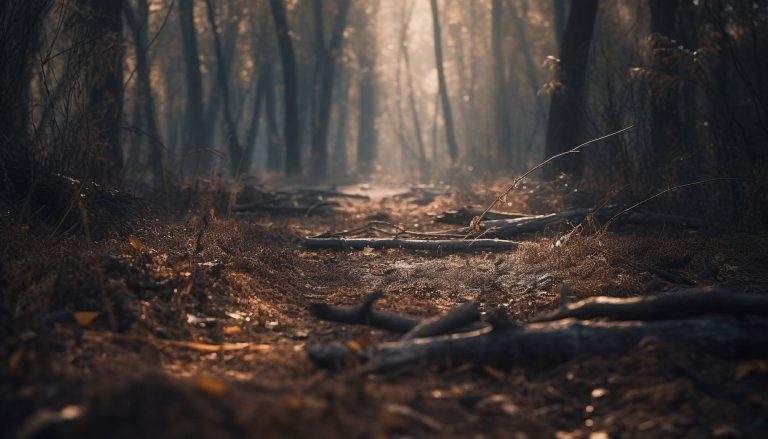Understanding When Tree Removal Becomes Necessary
Trees add beauty, shade, and value to a property, but there are times when they pose more risk than benefit. A once-thriving tree can become a hazard due to age, disease, or environmental damage. Knowing when it’s time to remove a tree is essential for safety and maintaining the integrity of the landscape.
Structural Instability and Visible Decay
One of the most obvious indicators that a tree needs removal is structural weakness. Cracks in the trunk, large hollow sections, or significant leaning can signal internal decay. If the tree has lost a considerable amount of bark or has fungi growing on the trunk, it may be rotting from the inside. These signs suggest the tree is no longer stable and could fall unexpectedly, endangering nearby structures and people.
Extensive Disease or Pest Infestation
Trees suffering from advanced diseases may show symptoms such as discolored leaves, thinning foliage, or dead branches. Pests like termites, borers, and beetles can accelerate the decline, weakening the tree’s foundation. If the infestation is widespread and treatment is ineffective, removal is often the best option to prevent the issue from spreading to surrounding vegetation.
Damage from Storms or Harsh Weather
Severe weather conditions, such as strong winds, heavy snow, or lightning strikes, can compromise a tree’s integrity. Broken branches, split trunks, or a tree leaning precariously after a storm indicate serious structural damage. If the damage is beyond repair, removal may be the safest solution to prevent unexpected falls.
Root System Problems and Property Damage
A tree’s roots play a crucial role in its health and stability, but they can also cause issues when they grow too aggressively. Uprooted trees or those with exposed roots are at risk of falling, particularly after heavy rain. Additionally, if roots invade sidewalks, driveways, or underground pipes, they can create costly property damage. In such cases, tree removal may be necessary to protect infrastructure.
Declining Health and No Signs of Recovery
A tree that shows signs of slow decline over multiple seasons with fewer leaves, brittle branches, or stunted growth may be beyond saving. If an arborist confirms that the tree is dying with no chance of revival, removal becomes the most responsible choice. Keeping a dead or dying tree on the property increases the risk of falling limbs and potential liability.
Safety Concerns and Proximity to Structures
A tree growing too close to a house, power lines, or other structures can become a safety hazard. If branches overhang roofs or electrical wires, they pose a risk of damage during storms. In some cases, tree roots can compromise a building’s foundation, leading to structural instability. When trimming or pruning is no longer sufficient to manage the risk, complete removal is often necessary.
Making the Right Decision for Tree Removal
If any of these warning signs are present, consulting with a certified arborist can help determine whether tree removal is the best course of action. While trees are valuable, keeping a hazardous or dying tree in place can lead to greater risks. Prioritizing safety and the long-term well-being of the landscape ensures a healthier and more secure outdoor space.

